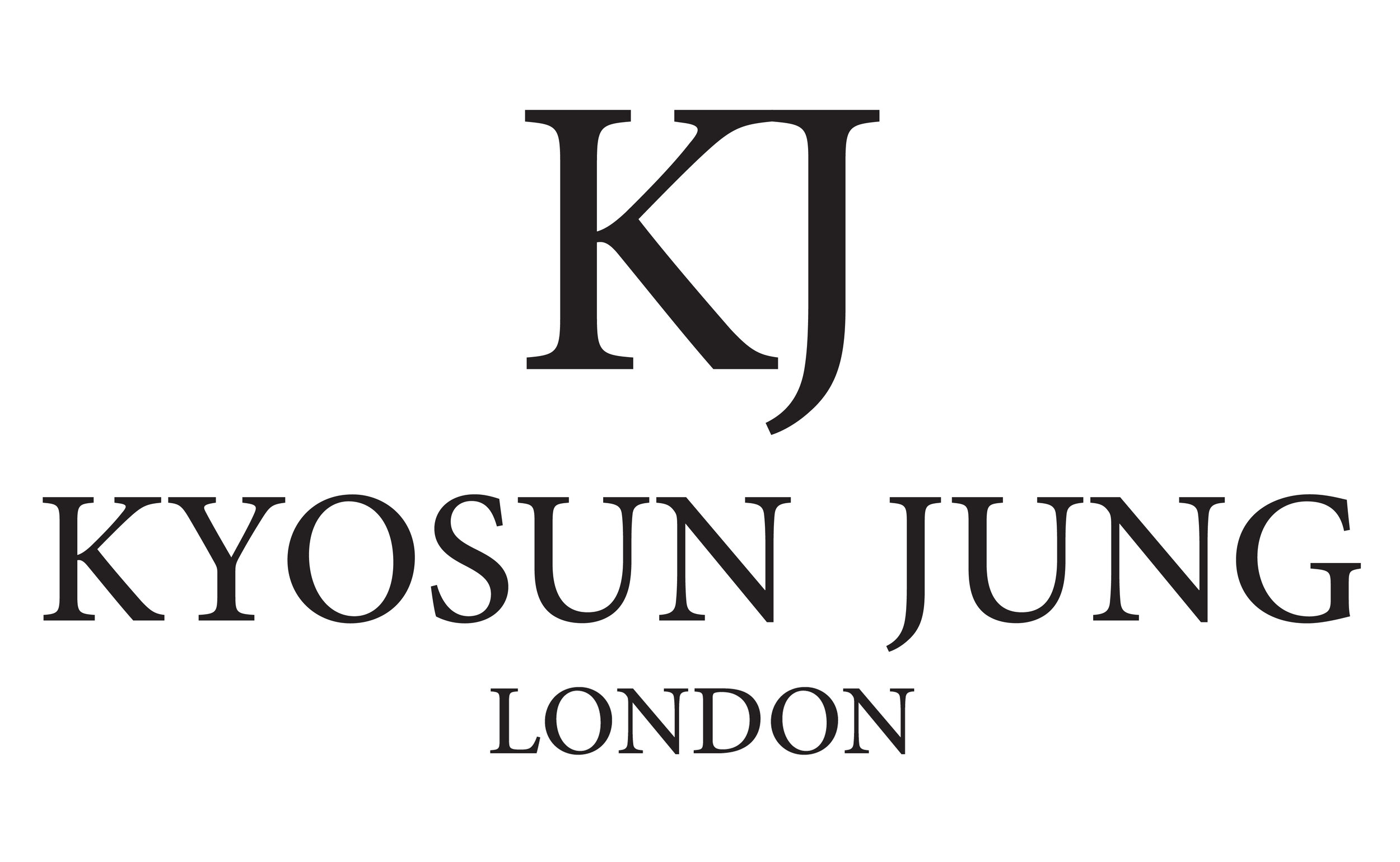Ivory Exploitation Silver Medal
In the years following the 1989 ivory trade ban the population of elephants increased in Kenya – from around 14,000 in 1985 to more than 23,000 in 2006 – even though poaching was still occurring. Now we need to make the world wake up and take action to stop this renewed onslaught against the elephant.
I first modelled the medal in milliput, the obverse figure is without tusks and shows a sad elephant’s face. The reverse shows the trunk of an elephant embellished with the following text. ‘Thousands of elephants die each year so that their tusks can be carved into religious objects. Can the slaughter be stopped?’
I also have a keen interest in designing and making art medals. One of my medals entitled ‘Ivory Exploitation’ was entered into the British Art Medal Society (BAMS) Student Medal Project. Eleven UK colleges and universities took part in this scheme, which resulted in 125 design submissions. From a short list I won the Pangolin Editions Prize for my modeling, the use of both sides of the medal and the lettering.
My ‘Ivory Exploitation’ medal was exhibited during the XXXIII FIDEM congress 2014 in Sofia, Bulgaria. FIDEM was founded in 1937 and its aims are to encourage the production and study of art medals. It now has members in 40 countries, every second year an international congress is organized in different countries to promote the art of medals.
I have been awarded the ‘New Medalist 2014-2015’. This is an annual award allowing a graduate artist to continue to develop their skills in designing and making medals. This includes studying and invaluable work experience at the British Museum, V&A, Royal Mint and also travelling to Bulgaria to study with Professor Bogomil Nikolov. In addition and of great value, it also includes being mentored by an experienced European, UK based, artist medal maker as a result of this prize.

